‘Drive.AI’ sells a kit to convert your beater. Also: it wants to put emoji on top of it.


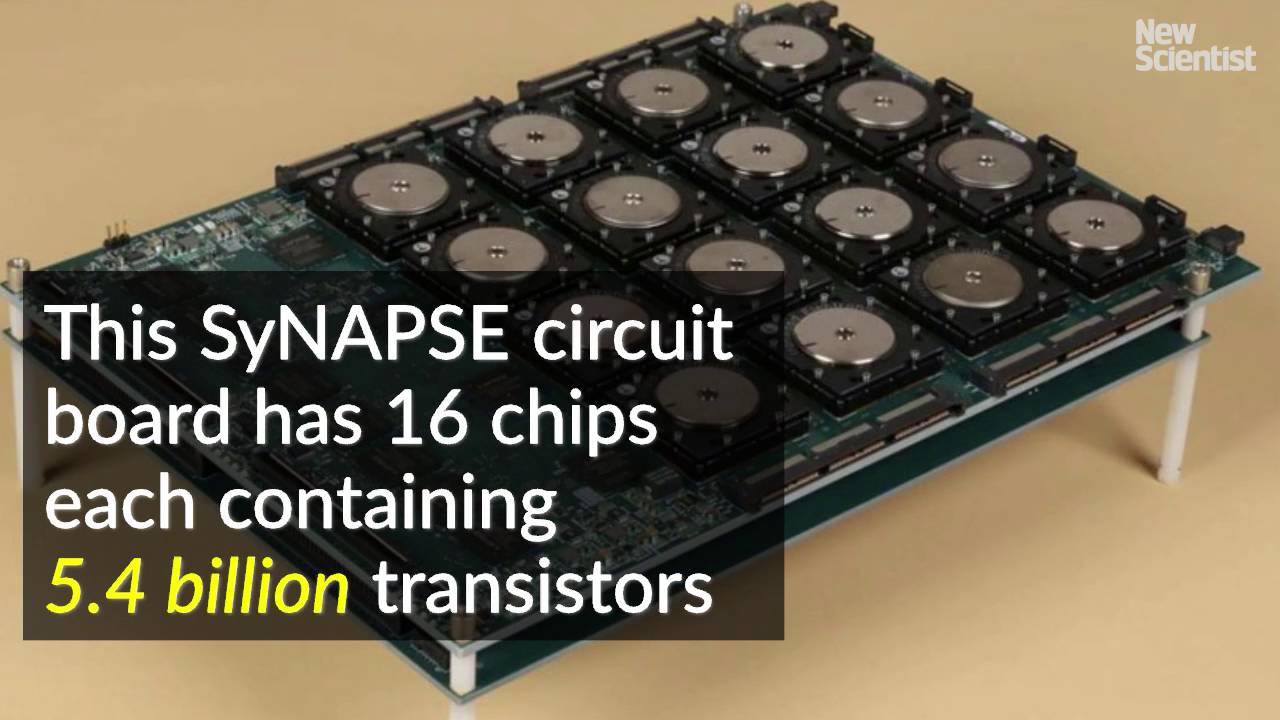

The imminent arrival of the self-driving car will change how people move around city streets, but they could do so much more.
The Tridika is a conceptual driverless electric vehicle I created to change how we use cars in our ever-growing cities, where space is expensive and limited. Inspired by Thyssenkrupp’s Willy Wonka-esque Multi elevator, the Tridika works like a self-driving car you can literally park next to your apartment and use as an additional room.
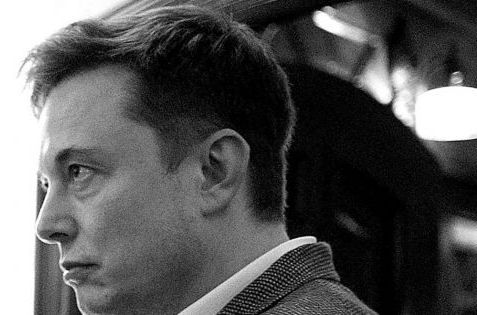
Elon Musk, Tesla Motors CEO, is alluding to a big announcement about level 4 autonomy later this year. For now though, the technology is still in need of software improvements.
Tesla Motors has been starring in headlines recently, thanks to crashes attributed to the autopilot system, the announcement of the ambitious Master Plan, and the company’s acquisition of SolarCity. Now, Elon Musk, the company’s CEO, is attracting even more media attention.
When asked about Tesla’s progress toward Level 4 fully autonomous driving on a conference call, Musk teased, “what we’ve got will blow people’s minds, it blows my mind …it’ll come sooner than people think.”
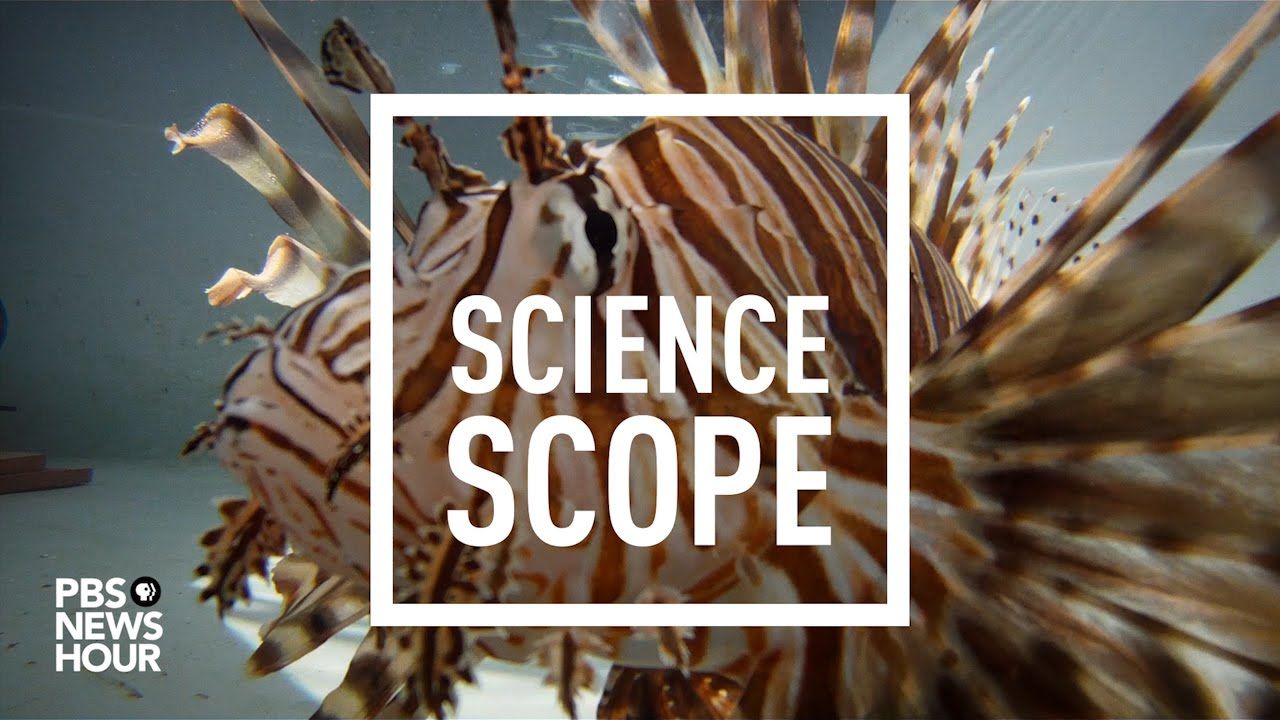
In response to the lionfish invasion’s adverse impact on the ecosystem, RISE will be building a robotic lionfish exterminator.
Biodiversity in the Carribean Waters, right now, is hanging on a thread. For years, its aquatic life has been threatened by pollution, overfishing, and other malpractices. Now, an even greater and uncontrollable threat has risen. It’s goal: having the “all you can eat seafood buffet” of its lifetime.
Meet the Lionfish.
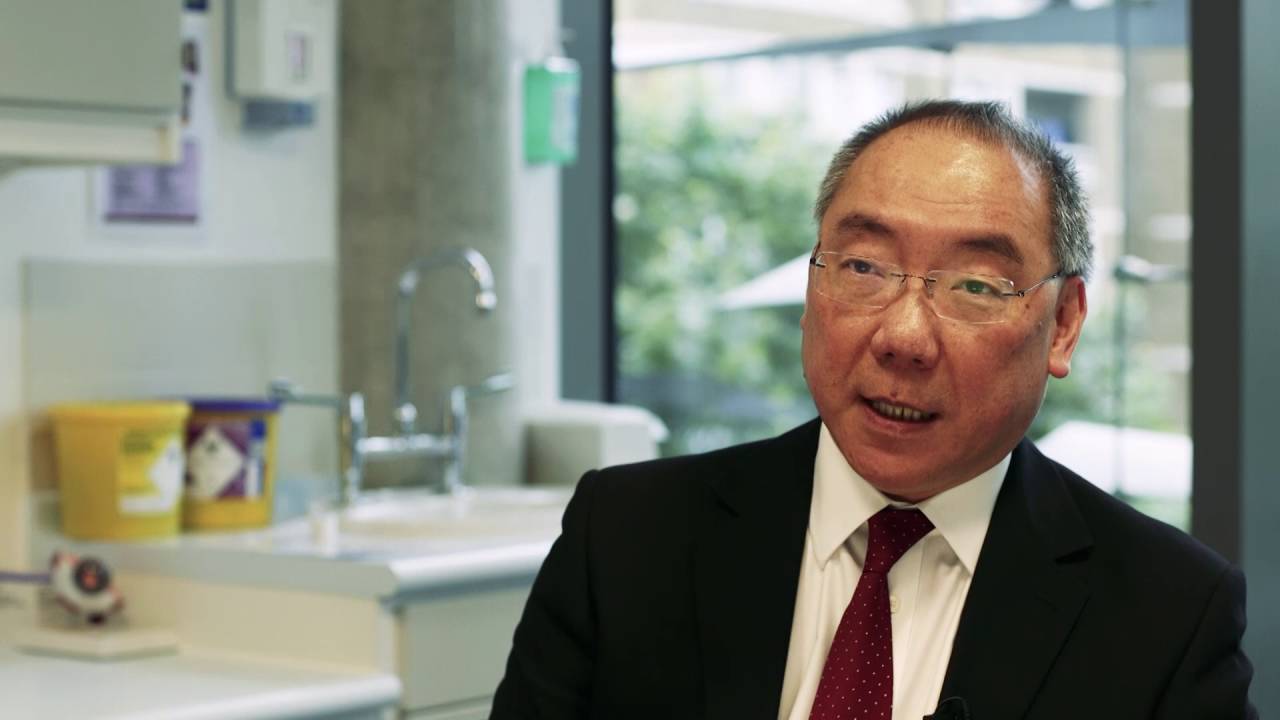
Google’s artificial intelligence research lab DeepMind is exploring whether its technology could be used to identify early signs of eye diseases that ophthalmologists might not spot.
DeepMind, which was acquired by Google in 2014, has struck an agreement with Moorfields Eye Hospital in London that gives it access to about a million anonymous retinal scans, which it will feed into its artificial intelligence software.
The algorithm will target two of the most common eye diseases: age-related macular degeneration and diabetic retinopathy, which affect more than 100 million people around the world.

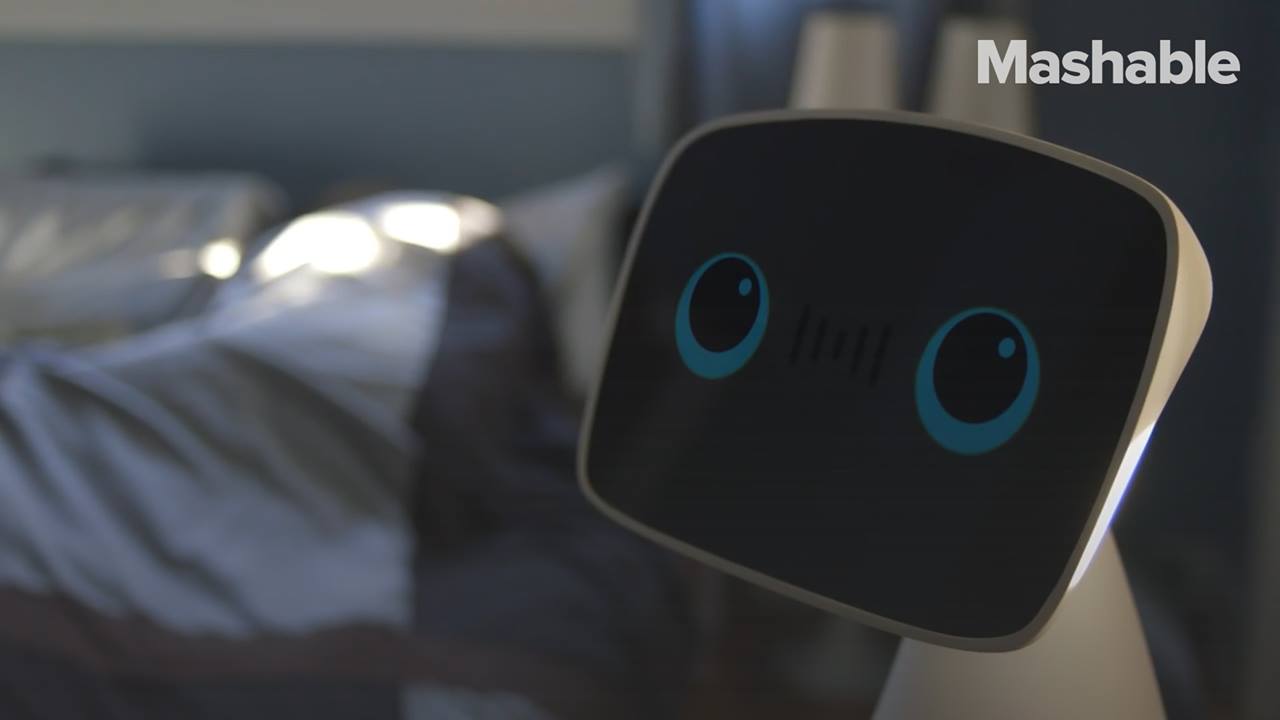
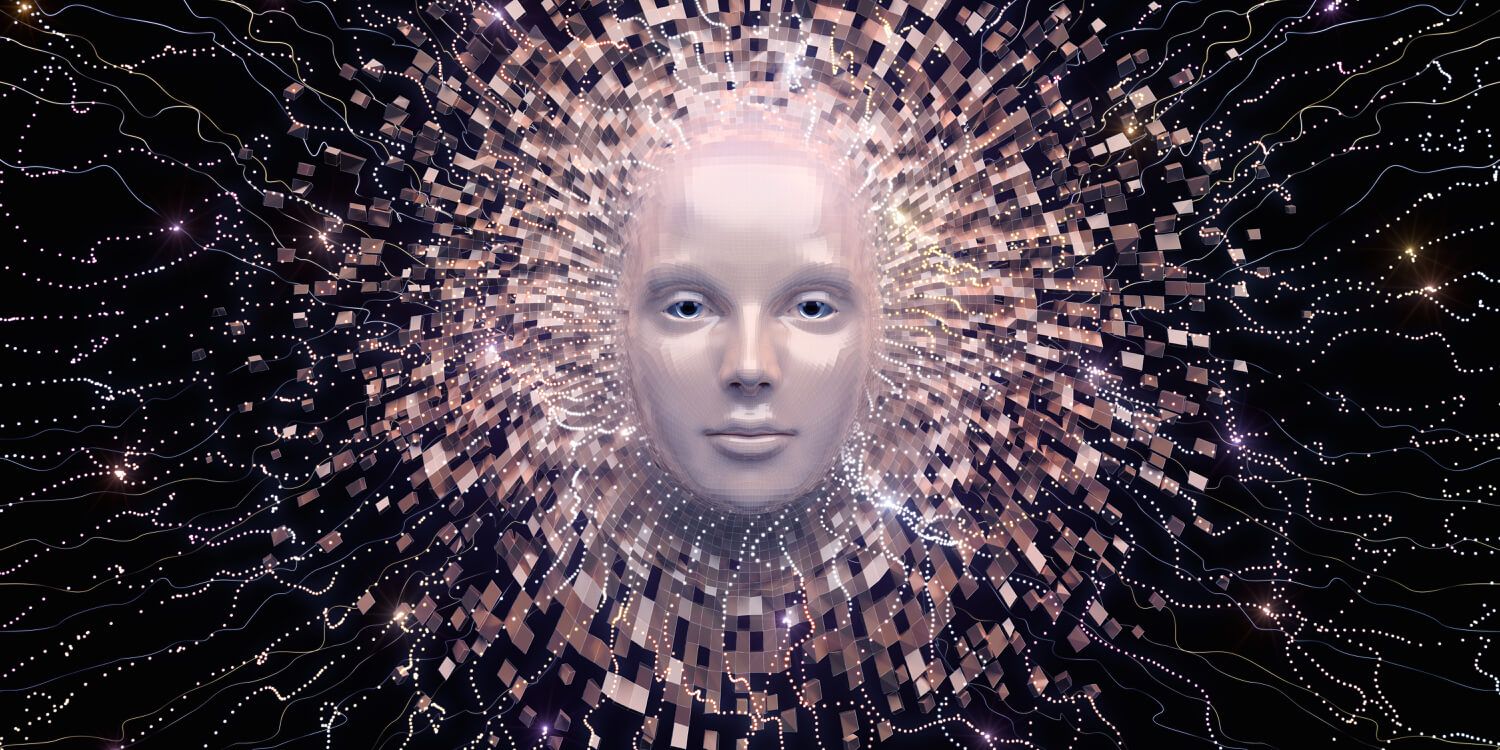
Artificial intelligence is beginning to disrupt entire industries from finance to medicine. Yet the most revolutionary application has yet to arrive—and it’s an existential one.
As thinking machines become more integrated into our lives, we must expect a transformation in how we define what it means to be conscious; what it means to live and to die; and ultimately, what it means to love a non-human being.
These questions are artfully explored in the plot of the 2013 sci-fi film, Her, which tells the story of a man who falls deeply in love with an intelligent operating system. This OS, Samantha, is designed to evolve and adapt her personality to appeal to Theodore. She has a very human voice and provides constant empathetic support. As Samantha’s psychological and intellectual capacities grow, so does Theodore and Samantha’s love for each other.

A future of soft robots that wash your dishes or smart T-shirts that power your cell phone may depend on the development of stretchy power sources. But traditional batteries are thick and rigid—not ideal properties for materials that would be used in tiny malleable devices. In a step toward wearable electronics, a team of researchers has produced a stretchy micro-supercapacitor using ribbons of graphene.
The researchers will present their work today at the 252nd National Meeting & Exposition of the American Chemical Society (ACS).
“Most power sources, such as phone batteries, are not stretchable. They are very rigid,” says Xiaodong Chen, Ph.D. “My team has made stretchable electrodes, and we have integrated them into a supercapacitor, which is an energy storage device that powers electronic gadgets.”